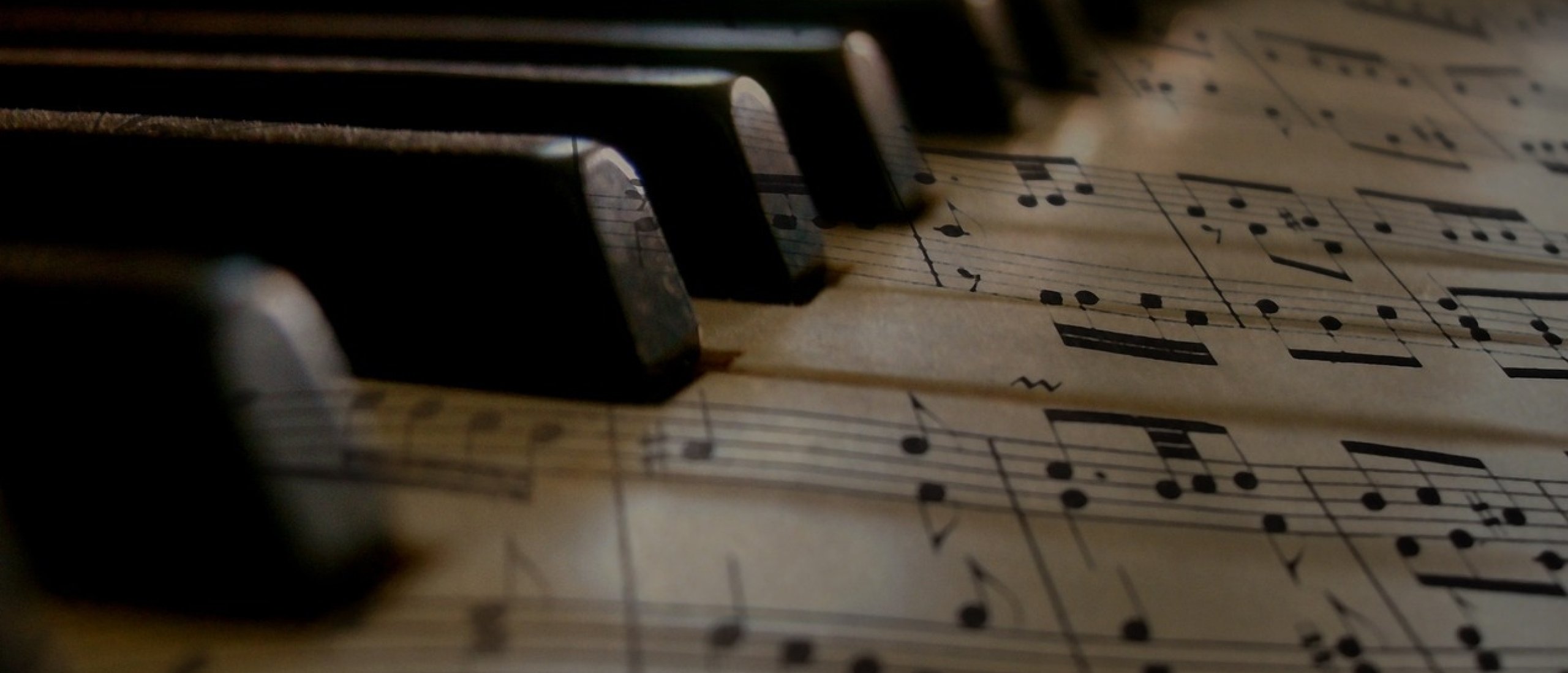You may think you're the only one who struggles with reading notes, but you're not. Many musicians worldwide suffer from it. To be even more precise: 85% of musicians worldwide often face the same challenges. Time to put an end to this handicap (note reading)! Causes vary, but I often see the same or similar problems with students. Let's go through these obstacles together first. In my opinion, these are the three main reasons why many musicians worldwide struggle with note reading and sightreading (playing sheet music fluently). These three main reasons apply to about 85% of all musicians worldwide: skipping steps in the learning process, poor music lessons and insufficient practice. The good news is that reading notes and playing from sheet music is trainable. I promise you that after applying my top 4 rules, you will become more confident when reading notes and you will already be able to read the notes a lot better right away. Now let's start with the steps!
Step 1: appropriate level
Step 2: preparation
See what key you are in and pay attention to the sharps and flats. Check beforehand how the right rhythm should sound approximately in real life. Do that in your head, mentally, before you start playing. What are the notes approximately and think in advance about how you are going to solve difficult pieces as you approach them.
1. Look at the key in which the composition is written.
2. Pay attention to the rhythms and take an extra close look at the difficult spots.
3. First, go over the notes you have in front of you carefully.
4. Recognize repetitions.
Step 3: continue
Or in other words, don't stop once you've started. The moment you have applied rule number 1 and 2, the moment comes when you start trying to apply these new rules in practice. Always start slowly or at a pace that suits your skills. Often this is also a common problem. If you can't handle the speed indicated, what should you do? Of course, first play at a tempo that suits your skill level. The main point of rule 3 is to always play through, no matter what. It may feel strange if you've never done this before. This is just how it should be.
1.Don't look back and forth unnecessarily. Focus your attention on the sheet music as much as possible; your fingers will find their way with regular practice. Trust that.
2.Playing slowly to keep going is fine. Getting slow while you had started at a fast pace is also fine. Stopping while you have started playing is what you should avoid.
3.Do not repeat the mistakes and play through (remember you are not practicing).
4.Don't pay attention to the mistakes you make, but play through as much as possible.
5.Take the dynamic cues right away, if you can.
Step 4: discipline and practice
Become a champion in note reading? Requires a lot of practice, of course. Even with this skill, patience, discipline and lots of practice are essential. I recommend anyone who wants to train sight reading to practice daily for at least 10 minutes a day in the beginning. Practice paying attention to all the steps I have shared with you herein.
Do you do this for 10 minutes every day for 3 weeks? Then you're going to experience a world of difference. Do you want to go to next life and become a real champion in note reading? At Jong Piano Talent I would love to help you with your musical development. Please contact contact for more information!






